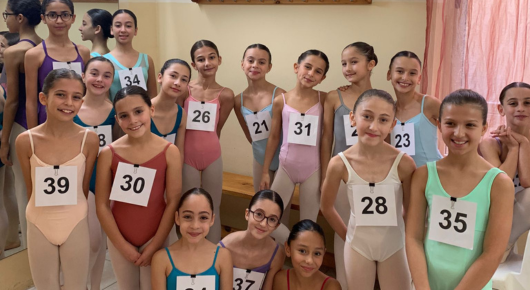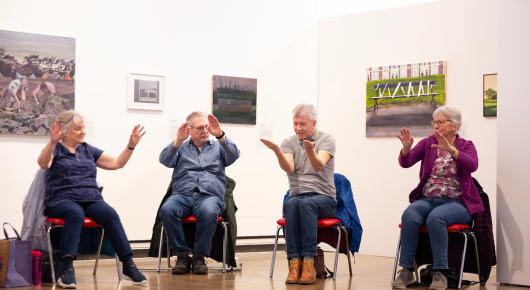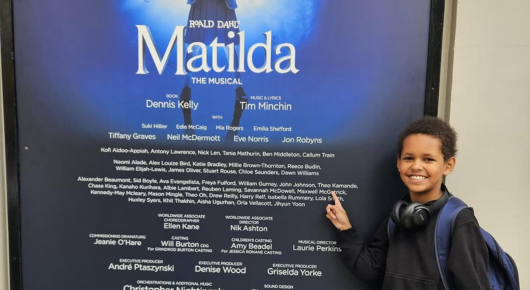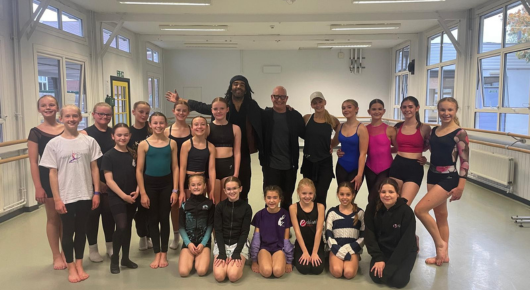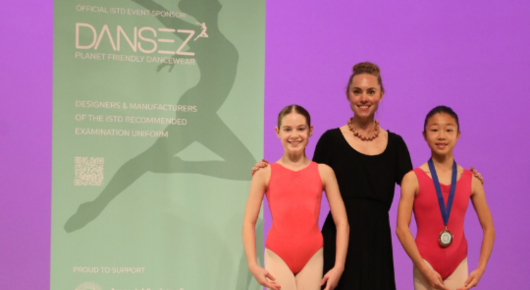30 September 2025
Embracing optionality: How choice is shaping the next generation of dancers
The ISTD strives to promote a truly inclusive, diverse and safe approach to dance training. One of the most significant changes in recent years has been the introduction of Option A and Option B exercises – pathways designed to give students flexibility to learn in a way that suits their physical strengths, preferences, and artistic individuality.
Formerly known as “Girls’ Syllabus” (Option A) and “Boys’ Syllabus” (Option B), these two routes are now available to all students, regardless of gender. Teachers and candidates can select the option that feels most appropriate, giving them freedom to adapt learning without compromising on exam success.
We spoke to Sarah Molina, Head of Dance at New Hall School, and Sarah Royle, Principal of the Sarah Royle School of Dance, two ISTD teachers who have been championing optionality in their schools. They shared how it is transforming their classrooms and supporting their dancers’ growth.
Freedom to choose
Both teachers first encountered optionality through ISTD publications and training.
For Sarah Molina, the shift away from gender-based exercises was a welcome and necessary step:
“Rather than being restricted by gender-based expectations, our students could explore both options and select the one that resonated most with their personality, musical preference, or movement style. It gave them a voice in their learning and helped them discover their individual artistry.”
For Sarah Royle, who has over 15 years’ teaching experience, optionality stood out as a practical way to strengthen training foundations:
“All dancers, regardless of gender, need to develop strength to maintain safe practice and avoid injury. Option B’s emphasis on strength-based movement supports this beautifully. Strong dancers are healthy dancers.”
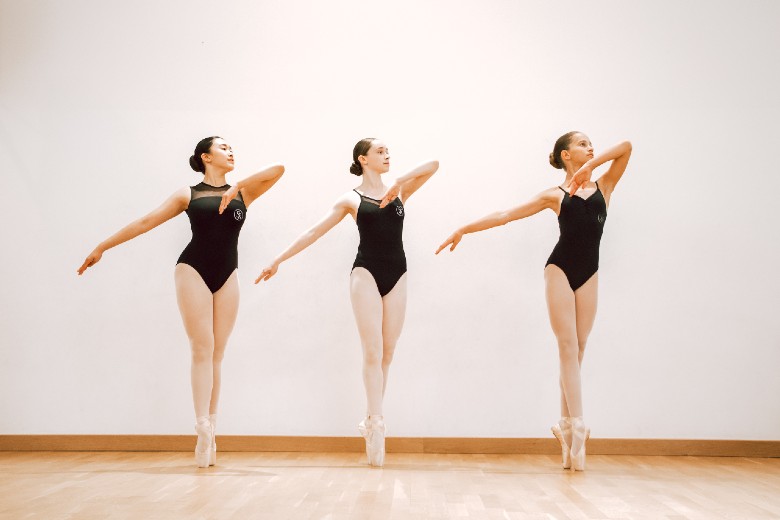
Students at Sarah Royle School of Dance en pointe
A visible impact on students
Both schools have seen clear benefits since introducing optionality.
Confidence:
Students feel more empowered when they are given a choice. At New Hall, Sarah Molina describes students as “more self-assured in their choices and performances, empowered by the freedom to decide what suits them best” while Sarah Royle notes that optionality allows dancers to feel “ownership over their progression.”
Technical development:
Sarah Royle highlights that the focus on strength-based movements in Option B has improved stability, elevation, and control in her students, particularly when paired with Acro training. Sarah Molina has seen students’ grasp of syllabus material deepen through exploring both movement styles.
Engagement and enjoyment:
Lessons have become more dynamic, and students enjoy the contrast in style between options A and B. Sarah Molina describes the classroom atmosphere as “lively and motivated,” with dancers excited by variety.
Breaking down barriers
An important change has been increased inclusivity. At New Hall, Sarah Molina reflects on how optionality has removed the divisions that once separated boys’ and girls’ training:
“Previously, boys would learn their own set exercises while the girls learned theirs – often separately. This sometimes created an awkward divide. With optionality, everyone learns together, and everyone chooses together.”
Sarah Royle echoes this, emphasising that optionality helps dismantle outdated gendered expectations:
“Optionality encourages students to explore their own strengths without being boxed in. It promotes individuality, physical confidence, and the idea that everyone can build strength and artistry in their own way.”
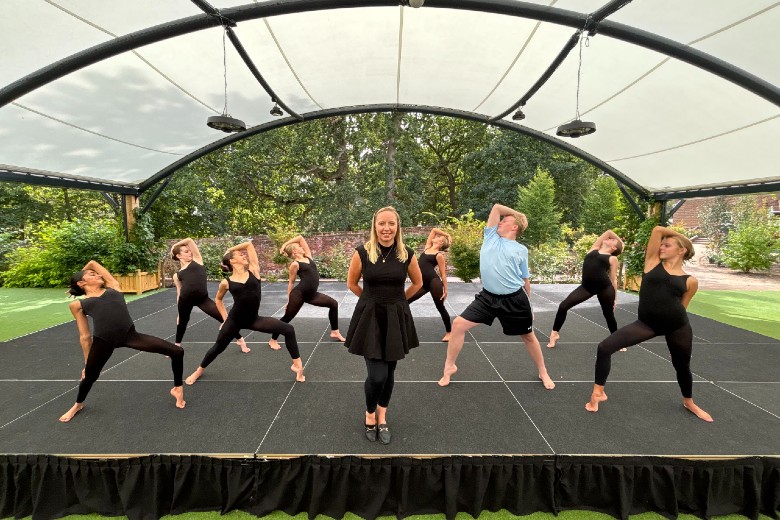
Sarah Molina and her students at a performance
Preparing for the future of dance
Both teachers agree that optionality mirrors the direction of the wider dance industry. Versatility is now a core expectation of professional performers, and giving students the tools to explore different pathways prepares them to thrive in this landscape.
“By offering students the choice between Option A and B, we’re not only helping them succeed in exams – we're preparing them for a future where being authentic and adaptable is key.” – Sarah Molina
“The industry is looking for versatile, adaptable performers who can shift between styles and dynamics with ease. Optionality reflects the reality of professional performance, where being multi-skilled is key.” – Sarah Royle
Success stories
For both teachers, the benefits of optionality come alive in individual student journeys.
At New Hall, a male student who once felt isolated during gendered exercises is now fully integrated and supported in class:
“Now, all students are fully engaged, learning side by side, and supporting one another as a team.”
At the Sarah Royle School of Dance, a 10-year-old Grade 5 student built her strength through working with Option B:
“We’ve seen significant improvement in both her ability and confidence, particularly in jumps, floor work, and travelling sequences.”
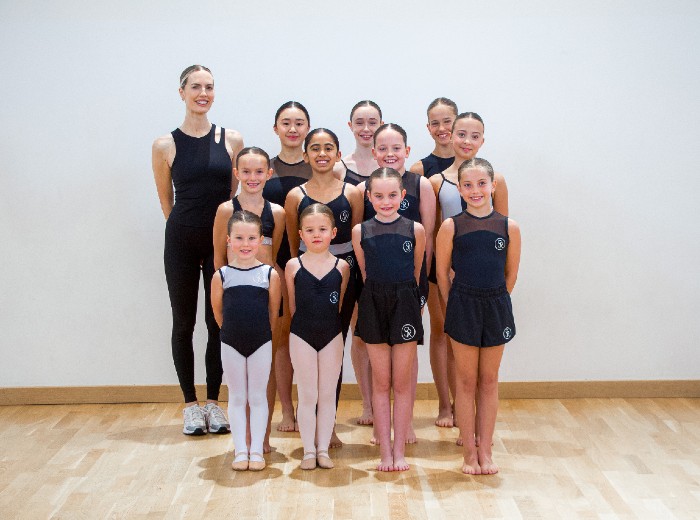
Sarah Royle and some of her students
In one sentence…
When asked to sum up what optionality has brought to their schools, both teachers gave powerful answers:
“We are delighted that, as teachers, we can deliver each lesson with all dancers feeling equal, promoting inclusivity and diversity in every studio moment.” – Sarah Molina.
“Variety. I don’t believe anyone should be placed in a box – dancers should be able to explore their full potential, regardless of gender, and optionality supports that vision. Helping students become the strongest version of themselves, in the body they have, is exactly where dance education should be in 2025.” – Sarah Royle.
The introduction of Options A and B into ISTD syllabi represents more than a structural change to examinations – it’s a statement of values. It places inclusivity, choice, and safe practice at the heart of dance education, empowering teachers to nurture strong, confident, and more versatile dancers.
ISTD exams offer a flexible, inclusive route to success. You can find more information about exams by visiting our Step Up to Success page.
